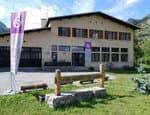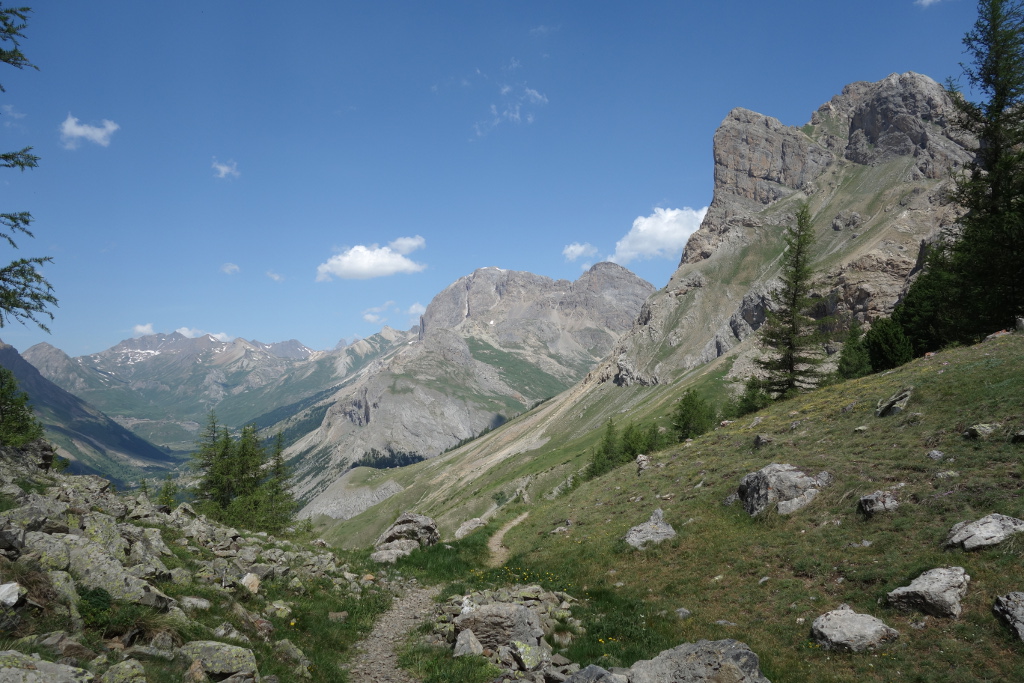
3. From Le Casset to Le Lauzet along the Chemin du Roy
After a gentle climb in a rich and varied pine forest, the day will be spent around the mountainside with the Ecrins across the way. Les Agneaux and the Dômes du Monêtier stand out at first, until the Barre des Ecrins with its 4,102 m looms in the background. On the right bank are Les Cerces and its big limestone cliffs, a major climbing site in the Briançon region. To round off the day, why not enjoy some refreshments in the impressive setting of the Alpe du Lauzet bar?
Description
- Take the left-hand fork in Rue de la Grande Turière, then, from St-André Chapel, turn left again into Rue de la Petite Turière and go up to the St-Pierre chapel and the road to Grenoble, which you cross to get to the Town Hall.
- Here, Rue du Château passes in front of the church, taking you straight to the Rotonde, where you turn right into Rue des Mineurs and then left into Chemin de Puy Chevalier. Follow the signs to “Vallon de la Moulette”. The street soon turns into a path, which continues up towards the forest.
- After entering the forest, turn right at the first intersection, still following the signs to “Vallon de la Moulette”. The path loops its way up gently, passes a cabin and ends up on the Plateau des Conchiers
- Turn left towards La Moulette (signposted). Once you have arrived in the valley, keep left of the catchment basin and you will pass the foot of two blackish embankments - former mines - before reaching the Chemin du Roy, with red and black markings (GR50), where you turn left.
- The path now goes around the mountainside. Follow the footpath carefully, without taking the various paths on the left and right. The path goes down then upwards a little and leads to the chalets of Alpe du Lauzet.
- After the chalets, turn left towards Pont de l'Alpe. Follow the path along the mountain stream then go down towards the road and Pont de l'Alpe.
- To reach Le Lauzet, you just need to cross the road and take the footpath on the other side (signposted). The village is just below.
- Departure : Le Casset
- Arrival : Le Lauzet
- Towns crossed : Le Monêtier-les-Bains
11 points of interest
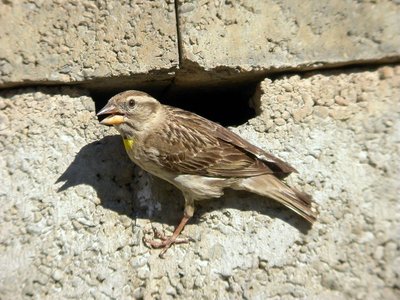
Le moineau soulcie - PNE - Combrisson Damien  Fauna
FaunaLover of old stones
The rock sparrow is a sedentary bird. It generally settles in well-exposed, agricultural areas where there are lots of stones, stone terraces, ruins, piles of stones, old buildings. This southern sparrow can be found up to an altitude of 2000 m provided there is an open landscape and many mineral elements. It nests in the hole of a rock, in a wall and sometimes under the roof of a house. It will then mingle with the house sparrow. A sociable bird, it lives in small, dispersed colonies.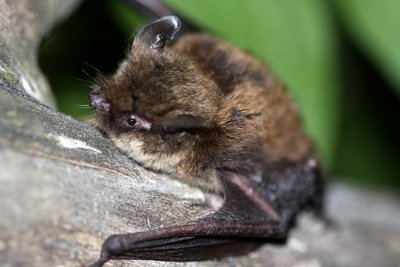
Le murin à moustaches - PNE - Corail Marc  Fauna
FaunaWhiskered bat
The whiskered bat is a dark-faced bat. It is quite common in certain mountain regions and is one of the most frequent species after it cousin the common pipistrelle. It likes trees, be they on the banks of a river or in the high altitude forests, but it is also possible to catch sight of them in gardens and villages such as the hamlet of Casset. This small mammal lives on flying insects and thus helps in controlling their numbers. Like all mammals, the female feeds her sole offspring with her milk.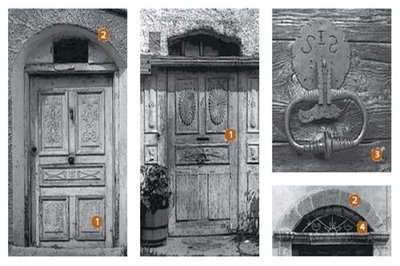
1.Ventaux de porte décorés, 2.Arcs en plein-cintre, 3.Marteau en bronze forgé, 4.Imposte en éventail - PNE  Architecture
ArchitectureDoors and courtyards
As you stroll through the streets of Le Casset, some house doors will attract your notice, as they bring together most of the decorative elements of the facades. Made of larch wood, they have been moulded or sculpted with geometric or floral patterns and have a tympanum above them, often with a grating. Behind the door is the courtyard, the shared entrance for people and animals. The way people lived and organised their homes resulted in this single entrance, an area giving access both to the stable and to the living quarters. Between the world inside and outside, the courtyard provided a passageway, insulation, but also storage space.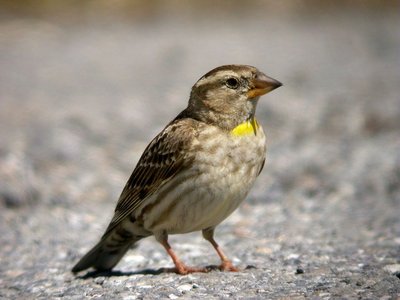
Le moineau soulcie - PNE - Combrisson Damien  Fauna
FaunaRock sparrow
The rock sparrow is here at the north-western limit and highest altitude of its home territory and regularly nests in the area. The species is in decline nationally and is on the endangered ‘red’ list in Rhône-Alpes and is being studied in the PACA region. People sometimes pay little attention to house sparrows since they are so familiar, which is a pity. The rock sparrow is bigger and although its plumage is similar to a female house sparrow’s, its call sets it apart at once: pi-yip or pi-yui or even a chay sound that is similar to a brambling’s!
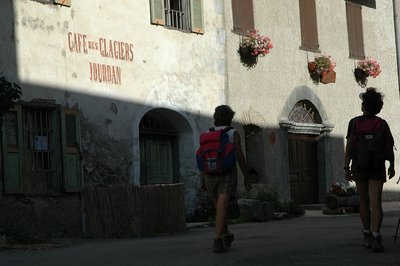
Dans le hameau du Casset - PNE - Masclaux Pierre  History
HistoryLe Casset
At the entrance to the valley, Le Casset is a stone shell village surrounded by farming landscapes. Its name comes from the verb 'cassare' ('to break, to shatter' in late Latin), describing a place covered with stones. In fact there are many such villages in this mountain valley carved out by a vast glacier. Le Casset, on the left bank of the Guisane, is sheltered from avalanches beneath the watchful eye of the prestigious summits and glaciers that “move” in a different time scale from our own.

Cadran solaire au hameau du Casset - Claire Broquet - PNE  Architecture
ArchitectureSundials
As you walk through the village of Lauzet, you will see recently made sundials made in traditional style. Easy to see from the main village streets, they adorn the beautifully restored facades of the old houses.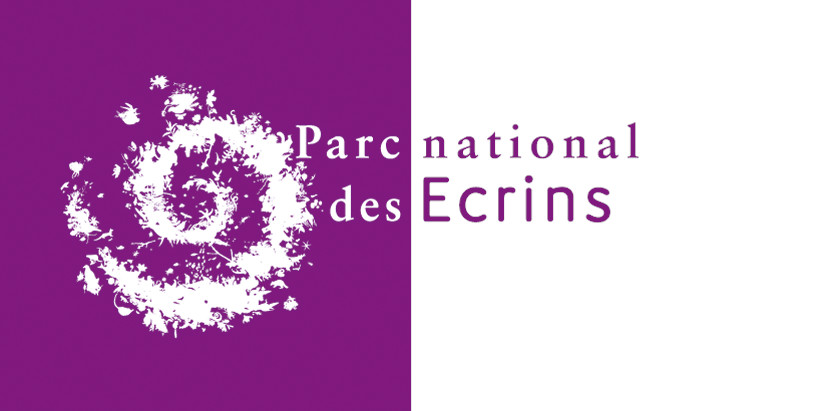
 Architecture
ArchitectureSaint Claude’s church in Le Casset
With its disproportionately high spire, the Casset church never goes unnoticed. Its four-sided Comtois steeple was modelled on the collegiate church in Briançon. The church is listed as a Historic Monument and is placed under the protection of Saint Claude. In its present condition, it dates from the 18th century. The previous building was constructed prior to the 16th century. Inside, the eye is immediately attracted by the choir ogives, creating an intimate atmosphere, particularly since the unusually large spire does not suggest an interior of such a small size. The choir was rebuilt in 1716-1717, probably after the previous chapel burnt down. Traces from this period can be seen on the keystone. The wrought-iron choir gate has the inscription "HM 1717", a date that can also be seen in the apse, on the wrought iron railing of the impost of the axial window, and on the baptismal font.
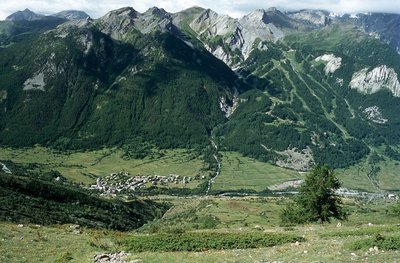
La station de Serre Chevalier 1500 au-dessus du hameau des Guibertes - © Parc national des Écrins - Jean-Pierre Nicollet  History
HistoryThe Serre Chevalier resort
At the edge of the Ecrins National Park, the Serre Chevalier ski resort extends over several towns and villages on the right bank of the Guisane, from Monêtier-les-Bains to Briançon. Founded in 1941 with the Chantemerle cable car, it has the biggest ski area in the southern Alps with 61 ski lifts on all levels from an altitude of 1,200 m to 2,830 m to Pic de l'Yret (Le Monêtier-les-Bains). The resort’s logo is an eagle, in reference to Baron Borel du Bez, Briançon’s representative in 1792 at the Legislative Assembly, which ruled France between 1792 and 1795, during the French Revolution. Le Bez is a hamlet in Villeneuve that was united with the Chantemerle ski resort in the 1970s.

 Water
WaterLa Moulette catchment
From the snow on the high peaks to the tap, there's just one step: catchment of the water sources. Located over 2,150 metres above sea level at the entrance to the valley of La Moulette, the upper catchment of La Moulette supplies the municipality of Le Monêtier-les-Bains with a proportion of its drinking water. With 164 thousand cubic metres of underground water abstracted every year, this is an important water source for the village. The water is naturally drinkable and meets the quality requirements in force for every parameter measured by health controls.

 Geology and geography
Geology and geographyClimbing on the left bank of the Guisane
While the right bank of the Guisane Valley and the high summits of Les Ecrins are a dream for mountain climbers, the Massif des Cerces, with its tall limestone rocks on the left bank, is a paradise for rock climbers. A large number of sites for all levels have been opened here since the 1930s. The Tour Termier opened the way, soon followed by Roche Robert, Roche Colombe and the famous Aiguillette du Lauzet. Multi-pitch climbs, beginners’ sites or via ferrata (the site in Le Lauzet was one of the first in France) - there is something for everyone. In summer, some car parks are packed and you can continually hear the clicking sound of snap hooks!
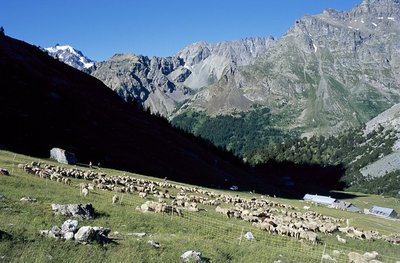
Troupeau de brebis à l'Alpe du Lauzet - © Parc national des Ecrins - Jean-Pierre Nicollet  Vernacular heritage
Vernacular heritageL'Alpe du Lauzet
L'Alpe du Lauzet is a mountain village at an altitude of 1,940 m, below the Aiguillette du Lauzet, which reaches 2,717 m, in the region of Monêtier-les-Bains. The village is aligned at mid-slope to avoid the avalanches that regularly fall into the bottom of the valley. The handful of houses were once used as summer pasture homes for the inhabitants of Le Lauzet in the Guisane valley. On the chapel door, a plaque recounts that five people were buried alive by an avalanche during the winter of 1892.
Altimetric profile
Sensitive areas
Alpine ibex
- Impacted practices:
- Aerial, , Land, Vertical
- Sensitivity periods:
- JunJulAugSep
- Contact:
- Parc National des Écrins
Julien Charron
julien.charron@ecrins-parcnational.fr
Peregrine falcon
- Impacted practices:
- Aerial, Vertical
- Sensitivity periods:
- FebMarAprMayJun
- Contact:
- Parc National des Écrins
Julien Charron
julien.charron@ecrins-parcnational.fr
Alpine ibex
- Impacted practices:
- Aerial, , Land, Vertical
- Sensitivity periods:
- JunJulAugSep
- Contact:
- Parc National des Écrins
Julien Charron
julien.charron@ecrins-parcnational.fr
Golden eagle
- Impacted practices:
- Aerial, , Vertical
- Sensitivity periods:
- JanFebMarAprMayJunJulAug
- Contact:
- Parc National des Écrins
Julien Charron
julien.charron@ecrins-parcnational.fr
Recommandations
Information desks
Information center "le Casset" (summer only)
Le Casset, 05220 Le Monêtier-les-bains
At the entrance of the hamlet of "le Casset" and near the core zone of the Park, a stop before or after your walk... Projections, documentation, books of the Park. Free admission. All animations of the Park are free unless otherwise stated.
Source

Report a problem or an error
If you have found an error on this page or if you have noticed any problems during your hike, please report them to us here:

